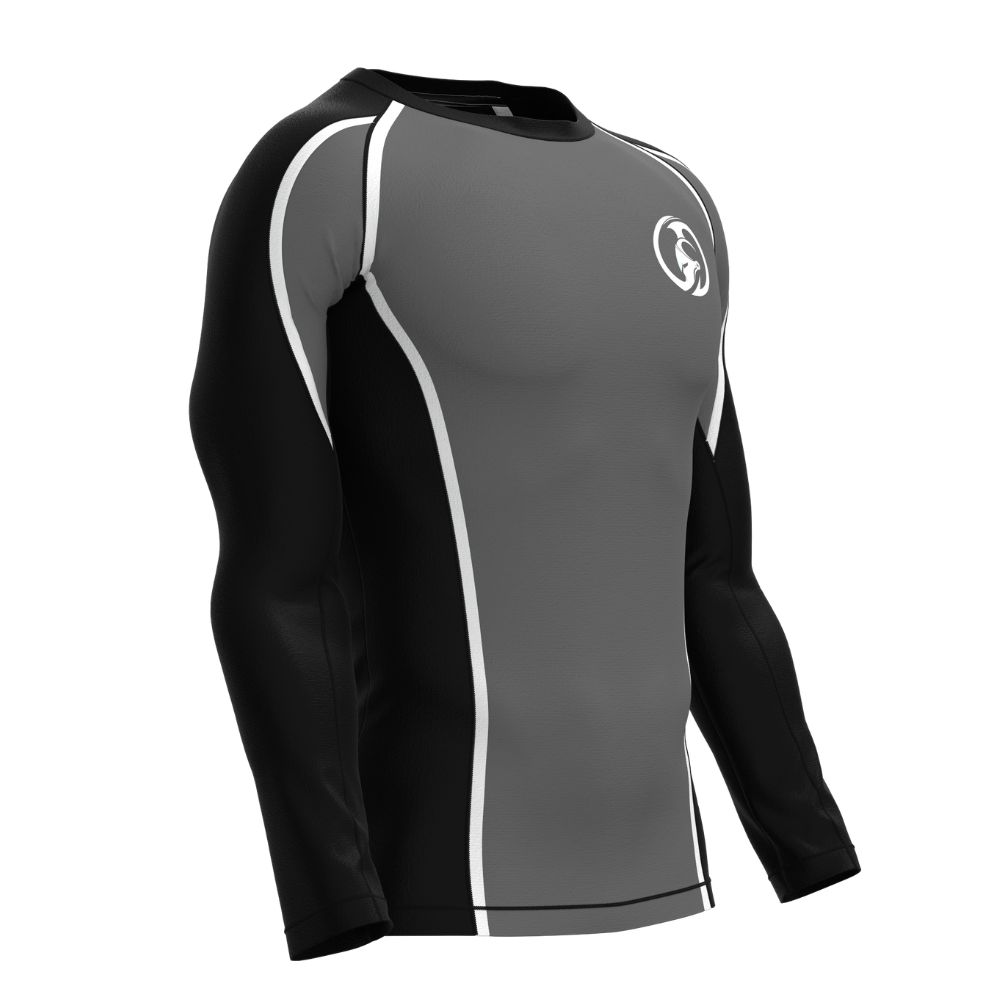
Table of Contents
- Introduction
- What is No Gi Jiu Jitsu?
- The Importance of Care Instructions
- General Maintenance
- Washing Your Gear
- Drying Your Gear
- Special Care for Rash Guards
- Special Care for Spats and Shorts
- Caring for Your Belt
- Hygiene and Skin Care
- Maintaining Your Training Area
- The Role of Proper Nutrition
- Injury Prevention
- Conclusion
- FAQs
Are there any specific care instructions for No Gi Jiu Jitsu?
No Gi Jiu Jitsu, a fast-paced and intense martial art that focuses on grappling and submissions, has gained significant popularity in recent years. Practitioners of this sport, also known as “submission grappling,” often invest in specialized gear to enhance their training experience. But, just like any other athletic equipment, No Gi Jiu Jitsu gear requires proper care and maintenance to ensure it remains in top condition and serves its purpose effectively.
What is No Gi Jiu Jitsu?
No Gi Jiu Jitsu is a form of Brazilian Jiu Jitsu (BJJ) that emphasizes submissions and positional control without the use of a traditional gi or kimono. Instead, practitioners wear rash guards, spats, shorts, and belts. The absence of the gi introduces a unique set of care considerations.
The Importance of Care Instructions
To maximize the lifespan of your No Gi Jiu Jitsu gear and ensure it remains both hygienic and effective, it’s crucial to follow specific care instructions. Neglecting the maintenance of your gear can lead to premature wear and tear, unpleasant odors, and even skin irritations. Let’s explore the care instructions for different components of your No Gi Jiu Jitsu gear.
General Maintenance
Washing Your Gear
Regularly washing your No Gi Jiu Jitsu gear is essential. Use a mild detergent and cold water to prevent colors from fading and fabric from breaking down. It’s advisable to turn your gear inside out before washing to protect any printed designs.
Drying Your Gear
Avoid using a dryer as excessive heat can damage the elastic fibers in your gear. Instead, hang your gear to air dry. Ensure it’s completely dry before storing it to prevent mold and unpleasant odors.
Special Care for Rash Guards
Rash guards are an essential part of No Gi Jiu Jitsu attire, offering protection against friction and skin irritation. To maintain your rash guard’s elasticity and prevent pilling, avoid Velcro or abrasive surfaces during training.
Special Care for Spats and Shorts
Spats and shorts are typically made from moisture-wicking materials. To preserve their effectiveness, avoid fabric softeners, which can diminish moisture-wicking properties. Check for any loose threads after training and repair them promptly.
Caring for Your Belt
Your belt symbolizes your progression in Jiu Jitsu. To maintain its color and integrity, hand wash it separately from your other gear. Some practitioners prefer not to wash their belts at all to preserve their history and hard-earned wear and tear.
Hygiene and Skin Care
Maintaining personal hygiene is crucial. Shower immediately after training to remove sweat and bacteria from your skin, reducing the risk of skin infections. Use anti-bacterial soap and consider applying skin-friendly moisturizers.
Maintaining Your Training Area
Keep your training area clean. Regularly disinfect mats and equipment to prevent the spread of skin infections. This is not only a care instruction for your gear but also for your health and that of your training partners.
The Role of Proper Nutrition
Good nutrition plays a vital role in injury prevention and overall performance. Fuel your body with the right nutrients to ensure your muscles and joints remain strong and healthy.
Injury Prevention
Lastly, focus on injury prevention. While not a direct care instruction for your gear, taking preventive measures can extend the life of your training gear by reducing excessive wear and tear.
Conclusion
In conclusion, No Gi Jiu Jitsu is a physically demanding sport, and proper care instructions for your gear are essential. By following these guidelines, you can prolong the lifespan of your equipment, maintain personal hygiene, and ensure that you’re getting the most out of your training.


